Ah, butter—the (literally) heart-stopping star of the dairy world. Everything tastes better with it, from pie crusts and cookies to veggies and steaks. Hell, you can even fry things in butter if you want the best-tasting fried foods of your (short) life.
But you can't fry all the things in regular ol' butter, you silly goose. Your smoke alarm will scream bloody murder and all of your dreams of butter-fried Oreos will crash and burn.
So what's a butter-loving addict to do? Well, that's where clarified butter comes in, and we'll cover all the bases right here; Not only what clarified butter is, but also the best hack for making it in the fastest, easiest way possible.
So... What Is Clarified Butter?
Before we dive deeper into clarified butter, you should know that every fat has a smoke point, which is the temperature that fat stops being nice and shimmery and turns into a smoky mess. Butter itself has a low smoke point, which is why it doesn't get along well with your smoke alarm.
Now that you know that, think of butter like a puzzle with 3 pieces:
- milk fat (80%)
- water (17%)
- milk proteins (3%)
By clarifying butter, we are removing the water and milk proteins to achieve a butter with 100% milk fat. Butter without its water and milk solids can be heated to a higher temperature without smoking—hello, deep-fried everything!
Another fantastic reason to make the stuff: butter minus its high water content will have an extended shelf life. According to What's Cooking America, clarified butter can last on a countertop at room temperature for up to 6 months and in the fridge for up to 1 year. Just be careful to keep any kind of moisture away from your clarified butter, or your hard work will spoil in a snap.
The Test: Which Is the Best Hack to Clarify Butter?
There's a whole world of websites out there that want to teach you how to clarify butter. You can click on 10 of them before deciding which method might be best... if you're a masochist. But why bother when we've already done the dirty work for you?
We picked out the two best, most time-saving clarified butter tricks on the internet... then pitted them against each other in the ultimate Battle of the Butter. Before we get to the ultimate match, though, let's find out a little more about each method.

Jessica Bose/Food Hacks Daily
Use Your Microwave
The microwave is a tool that most of us secretly love for its convenience, but pretend to hate when all of our pretentious hipster friends rag on its use of 'unnatural radiation.' Thankfully, the experts at Food 52 are undeterred by these sycophants. In fact, they recommend the microwave as the fastest and easiest way to clarify butter. So brush off the haters and check it out!
Cut Butter into Tablespoons
Cut your butter into tablespoon-sized pieces and place it in a tall microwavable glass. Caution: it will foam up, so it's really important to use a tall glass.

Jessica Bose/Food Hacks Daily
Microwave Until Foamy
Place the glass in the microwave for 1 minute on high power (the folks at Food52 recommend using medium power for microwaves over 800 watts), then babysit your microwave. That's right, do not walk away. Keep a close eye on your butter and stop the microwave once you see it foam to the top of the glass.
When you remove it from the microwave, the foam will begin to settle into three layers. Give it a minute or two to allow it to settle completely.
- Top layer: foam
- Middle layer: clarified butter
- Bottom layer: watery liquid
If the foam settles and you can't see any layers yet, then microwave it again. Remember to watch it rise and stop the microwave when you see the foam reach the top of the glass.

Butter after the 1st rise in the microwave. No visible layers... time to keep zapping!
The photo below shows the butter after the second rise in the microwave. The foam has settled and we can now identify the three separate layers of butter (the yellowy part in the middle is our clarified butter).

Butter after the 2nd rise in the microwave. We did it!
Separate the Clarified Butter
I've got some good news and some bad news, but let's start with the bad news first: our clarified butter is trapped between the milk fat and milk proteins!
The good news is that we can easily scoop off the foamy milk fat on top with a spoon. Then we can pour the clarified butter into another glass, leaving the watery milk proteins behind. (You can also give this trick a spin, but it requires a bit more patience.)

Milk fat floating on butter that we spooned out.

Jessica Bose/Food Hacks Daily

Milk fat floating on butter that we spooned out.

Jessica Bose/Food Hacks Daily
Easy enough, right? Well, let's take a look at our second contender...
Use Some Cornstarch
If you're still too good for microwaves, Cook's Illustrated has figured out another quick way to make clarified butter over the stove using cornstarch.
Heat the Butter & Cornstarch
Combine the butter and cornstarch in a saucepan with tall sides. Cook's Illustrated recommends adding ½ tablespoon of cornstarch for every ½ cup of butter. Then place it over medium heat and stir the cornstarch in as the butter melts.

Jessica Bose/Food Hacks Daily
Once the butter is melted—surprise!—it will begin to foam up. Cook for 30 an additional seconds, then remove the saucepan from the heat. In that short 30 seconds, the cornstarch will have trapped all of the unwanted water and proteins, while separating out the milk fat.
Those proteins never even saw it comin'.

Jessica Bose/Food Hacks Daily
Strain the Butter Through a Coffee Filter
Pour the butter through a coffee filter (those multipurpose marvels) to filter out all of the trapped water-soluble proteins from the clarified butter. Then discard the filter—get that worthless, foamy milk protein outta here.

Jessica Bose/Food Hacks Daily

Jessica Bose/Food Hacks Daily

Jessica Bose/Food Hacks Daily

Jessica Bose/Food Hacks Daily
Behold! You should be left with clarified butter for all of your delicious, butter-frying needs. (Don't worry, those little bubbles in the clarified butter will disappear with time.)

Liquid gold, I tell ya!
Another easy hack in the books, and one that your anti-microwave friends can't give you grief about, too. Win-win. Speaking of winners...
Which Hack Is Best?
Both the microwave method and the cornstarch method produced great clarified butter, but I'm going to be nit-picky here: when measured out, the microwave method produced slightly more clarified butter. Though it took a little more time to make (if you can count one minute as a lot of time), the microwave method also required less tools than its competitor, the cornstarch method.
So when it comes to the best clarified butter hack, the winner in my book is... the microwave method! That's right, hippies—modern convenience trumps your tinfoil hat theories about radiation (at least, when it comes to butter).

Jessica Bose/Food Hacks Daily
Got another amazing hack for clarifying butter that you think we should try (and that will knock out the microwave method)? Let us know in the comments.
- Follow Food Hacks Daily on Facebook, Twitter, and Instagram
- Follow WonderHowTo on Facebook, Twitter, and Google+







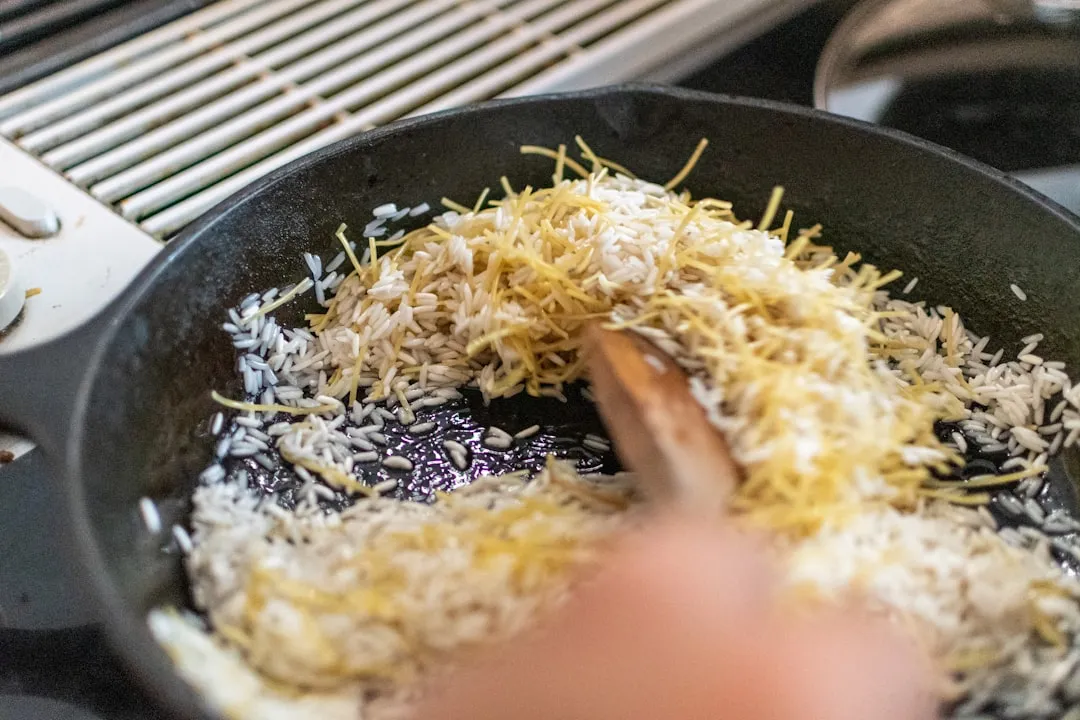


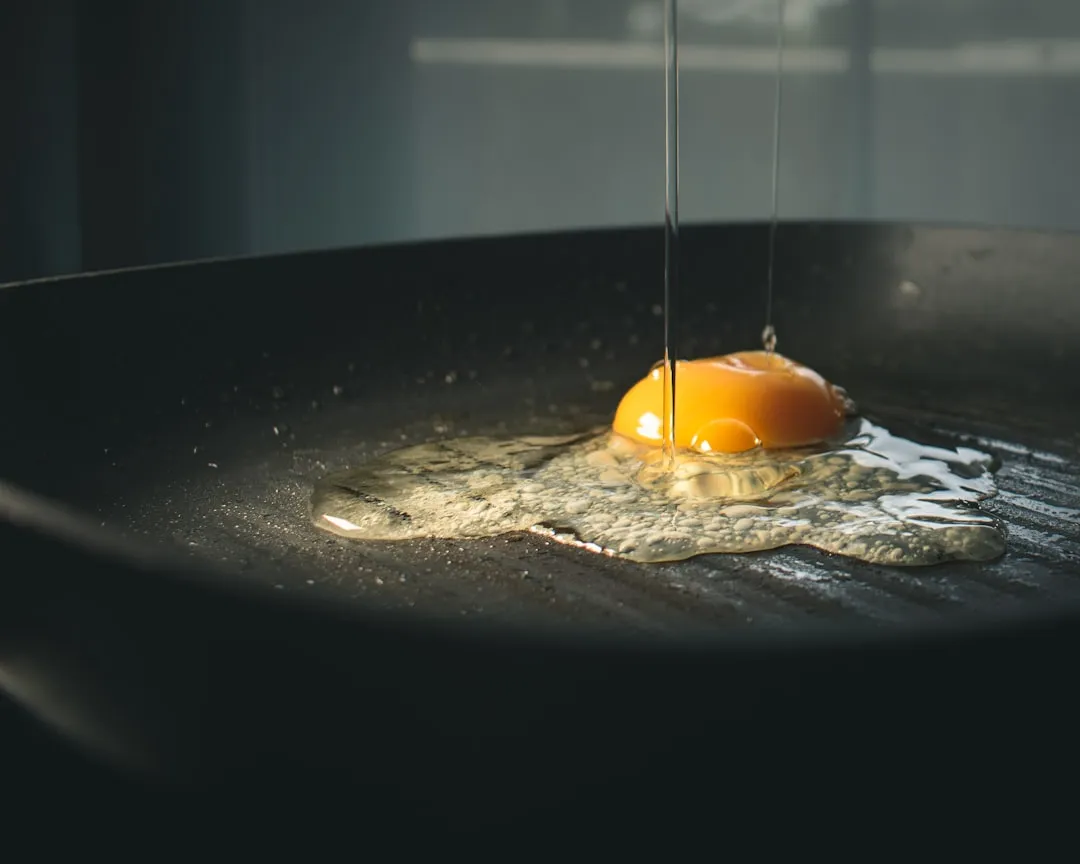


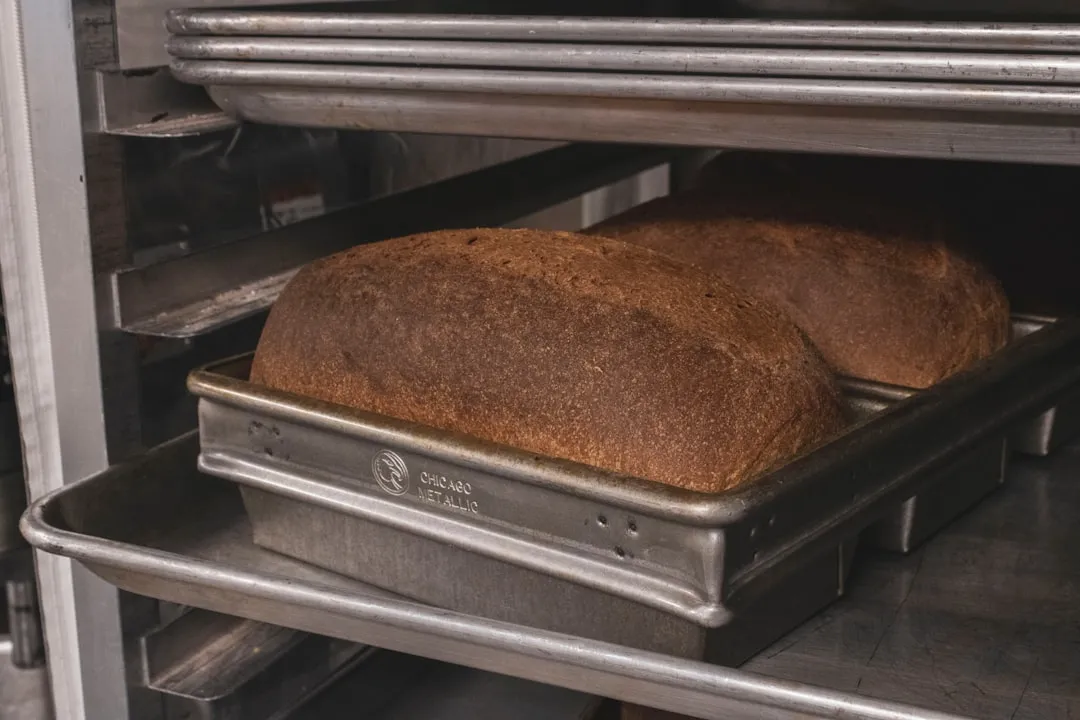







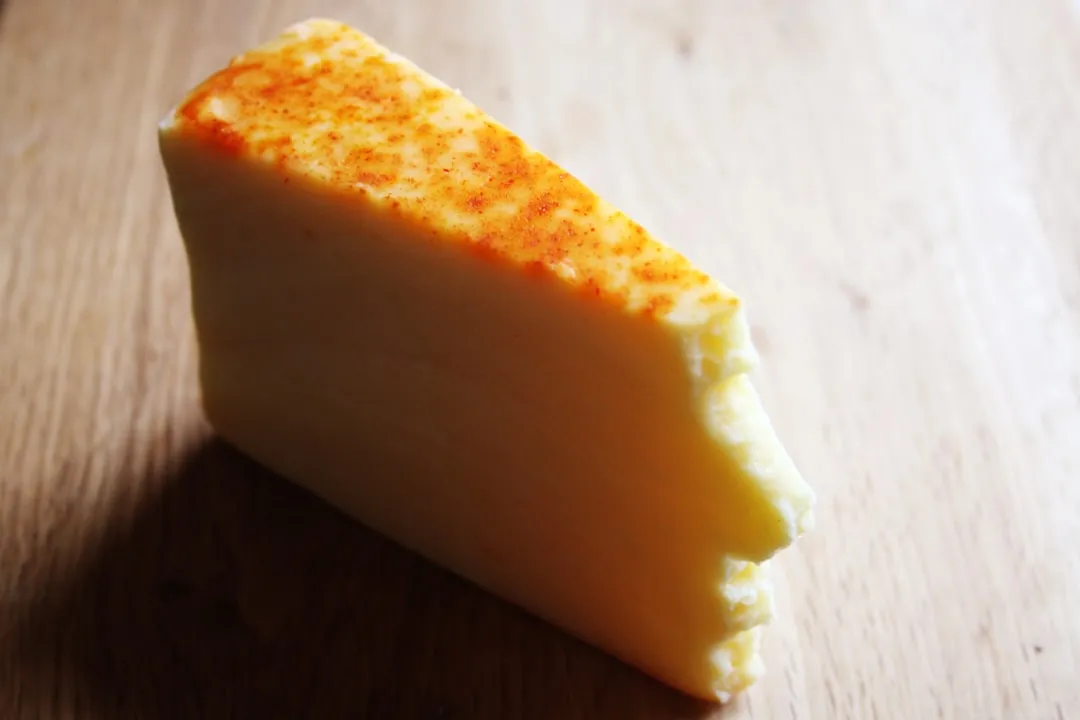
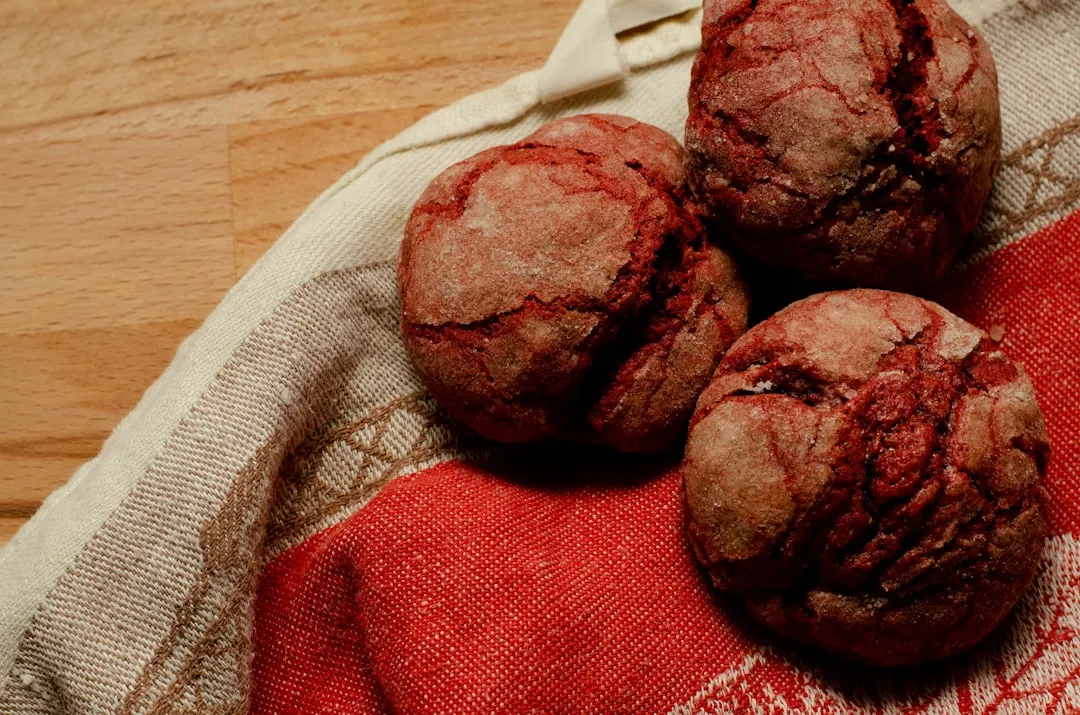


Comments
Be the first, drop a comment!